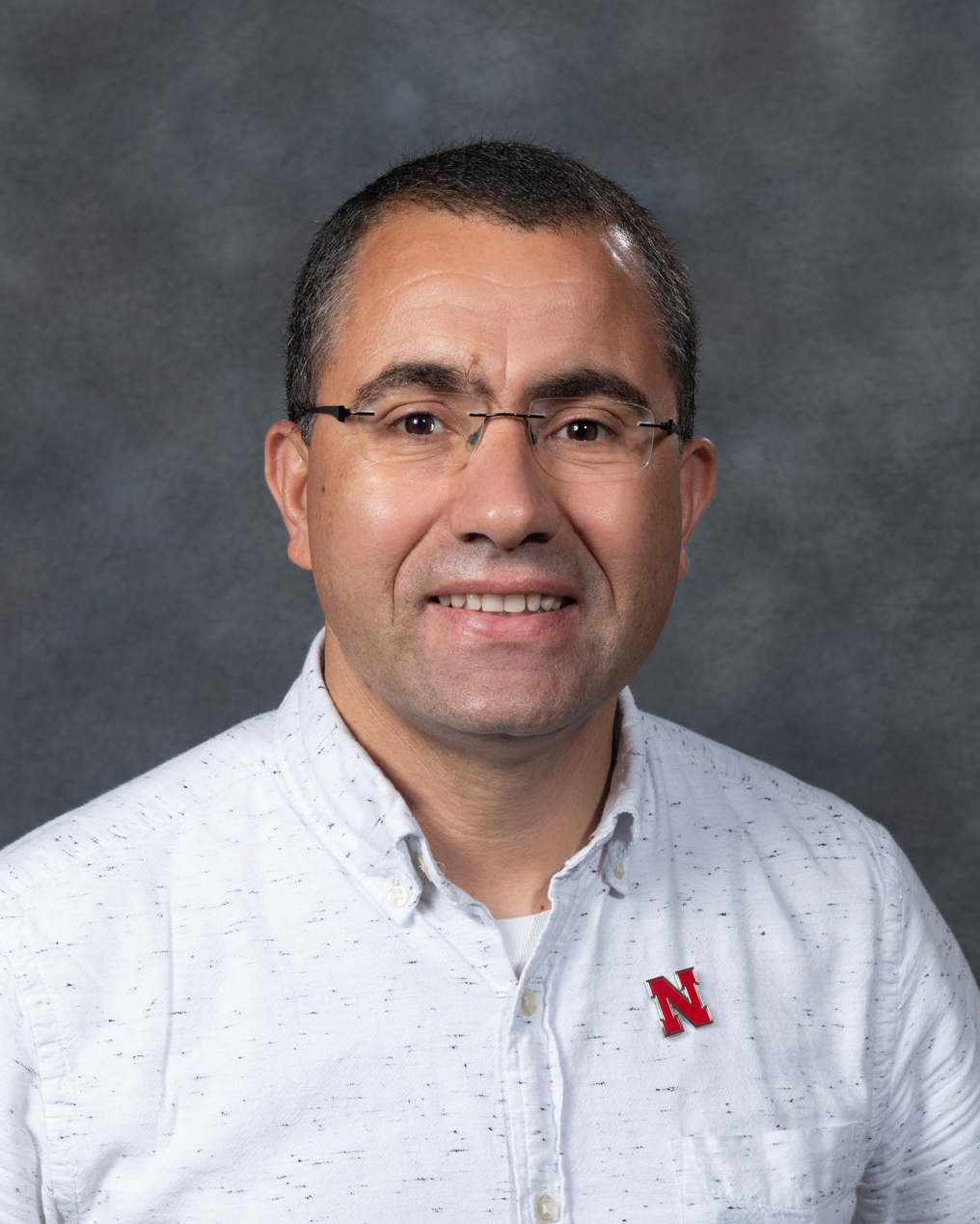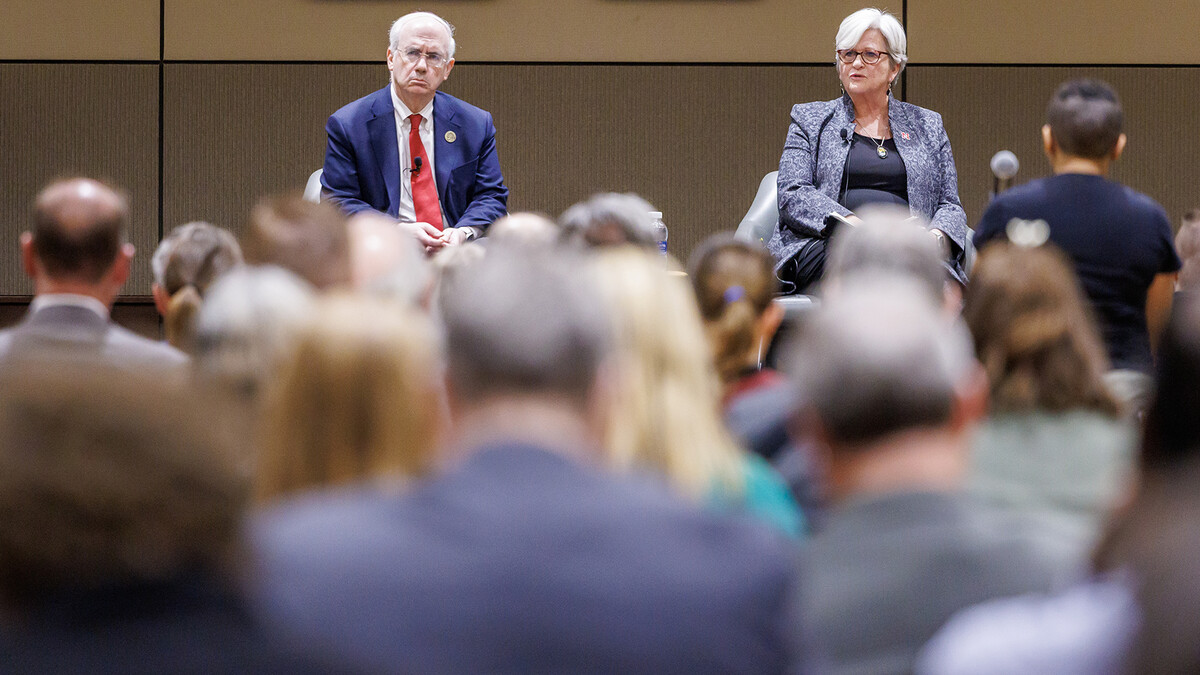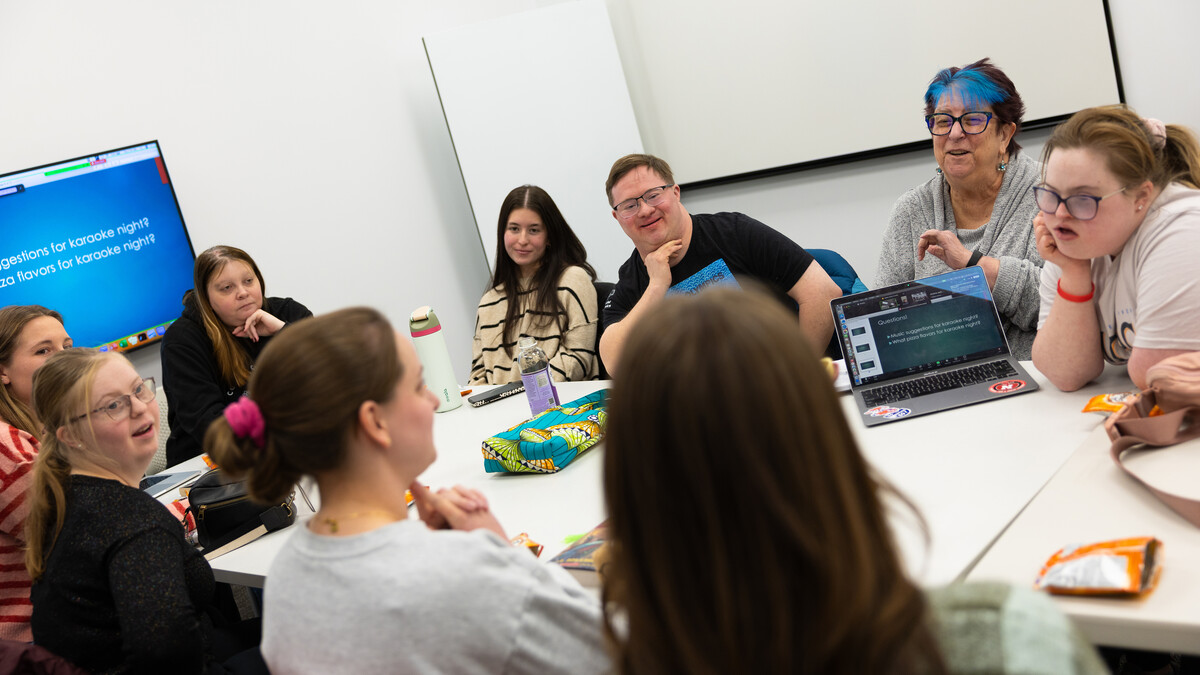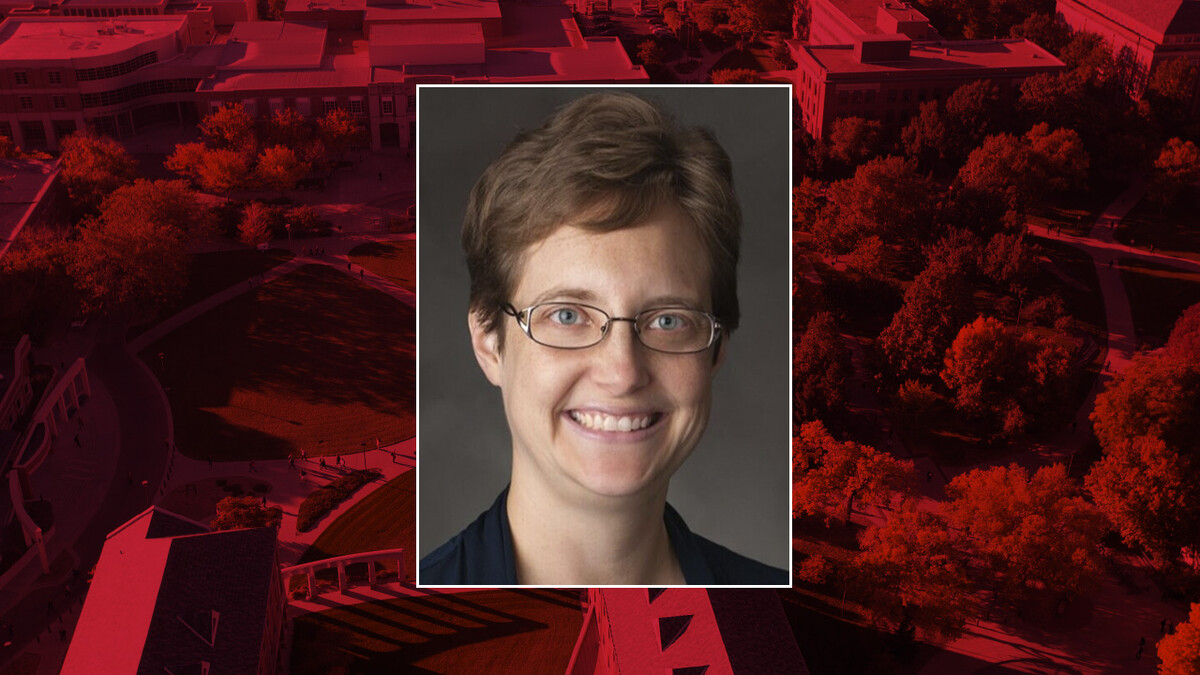
University of Nebraska–Lincoln researchers have achieved a breakthrough in antiferromagnetic spintronics, a development that could expand the nanotechnology’s capabilities, which have been limited by their need for excessive power.
The team has been able to show that introducing boron — a process called B-doping — into magnetoelectric oxides can control magnetic fields at the high temperatures prevalent in electronics. This long has been the “holy grail” of such research, said Christian Binek, Charles Bessey Professor of physics.

Many remarkable discoveries in spintronics — the driving technology behind next-generation nano-electronic devices — have occurred in the last three decades, but one of the key obstacles to maximizing these devices’ potential was finding a quantum material whose magnetic states could be altered by electronic means alone, and in above-room temperature conditions.
The material the Nebraska team is studying — chromium oxide with a dash of boron — could help herald the emergence of digital memory and processors that consume far less power, while potentially running even faster, than their modern-day counterparts.
Chromium oxide exhibits a phenomenon called antiferromagnetism, which features alternating columns of atoms whose poles point in opposite directions and effectively cancel each other out, yielding virtually no magnetic field.

Previously, the chromium oxide permitted voltage control of the antiferromagnetic order, but it was limited because it did not work at high temperatures and required a symmetry-breaking applied magnetic field.
Another member of the research team, Abdelghani Laraoui, assistant professor of mechanical and materials engineering, devised a means to study and confirm the efficacy of the boron-doping approach — nitrogen vacancy scanning probe microscopy. With NV microscopy, researchers can directly image the boundary magnetization and see the effects of the B-doping, Laraoui said. This was demonstrated earlier in another collaborative work between Laraoui and Binek, published in 2023 at RSC Advances.
Laraoui’s unique NV imaging platform confirms the effects researchers previously could only theorize, said Binek, scientific director of the Emergent Quantum Materials and Technologies collaboration, or EQUATE, that is conducting this research. Laraoui leads the EQUATE research group focused on quantum technologies.
Quantum science and engineering is one of Nebraska’s major research priorities. EQUATE was established in 2021 with a $20 million grant from the National Science Foundation’s Established Program to Stimulate Competitive Research.
In addition to Binek and Laraoui, project collaborators include Adam Erickson, doctoral student in mechanical and materials engineering; Syed Qamar Abbas Shah, doctoral student in physics and astronomy; Ather Mahmood, facility specialist, Nebraska Center for Materials and Nanoscience; Pratyush Buragohain, who earned his doctorate in physics and astronomy from Nebraska and now works at Intel Corporation; Ilja Fescenko, research scientist at the University of Latvia; and Alexei Gruverman, Charles Mach University Professor of physics.
The research is summarized in Advanced Functional Materials.
Share
News Release Contact(s)
Related Links
Tags
High Resolution Photos
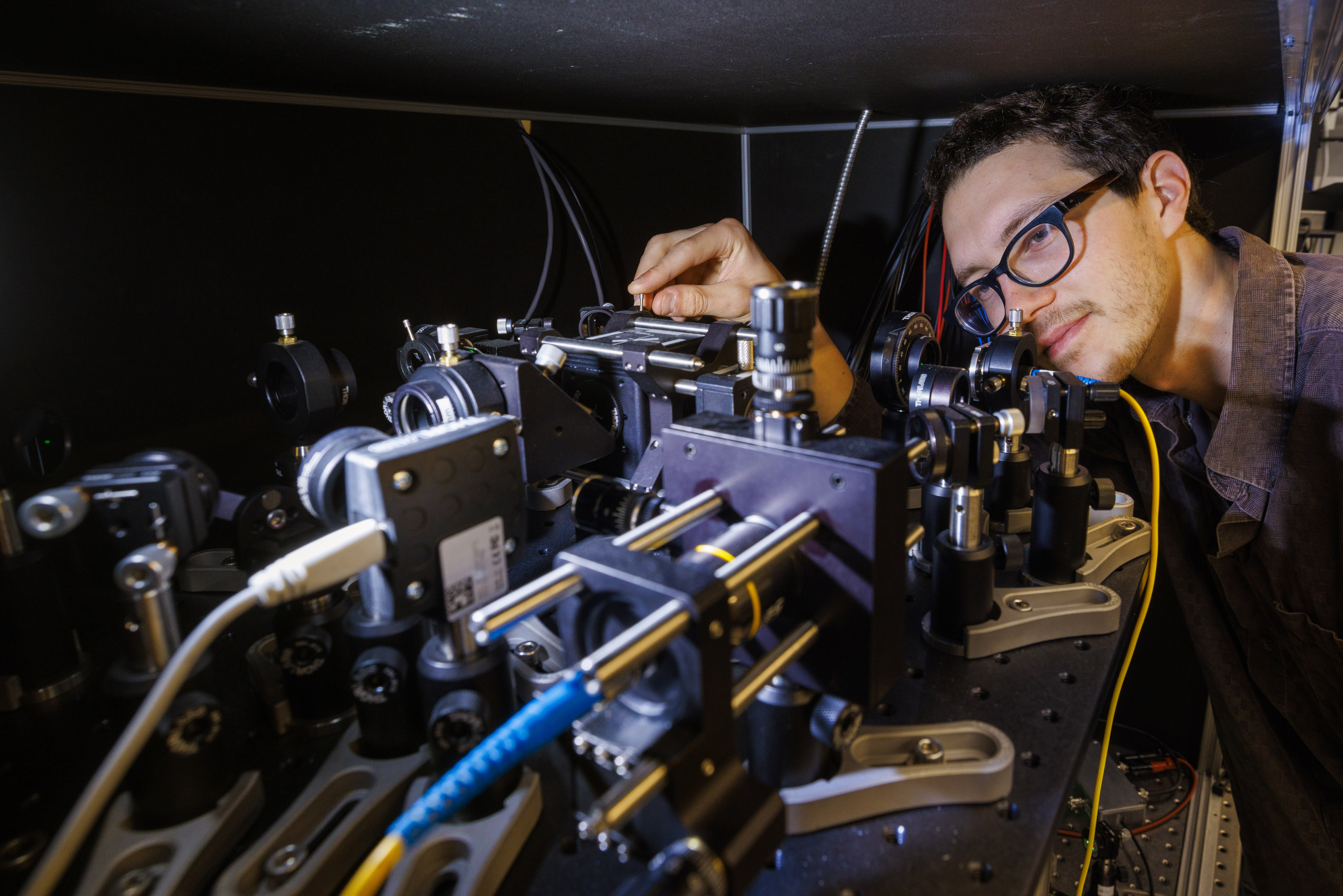
HIGH RESOLUTION PHOTOS
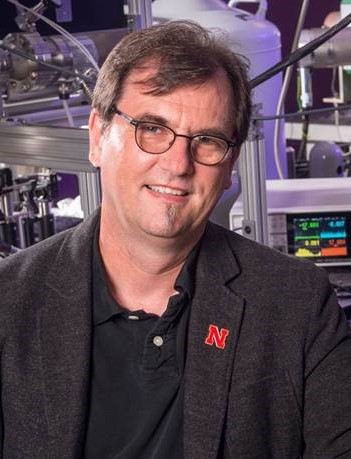
HIGH RESOLUTION PHOTOS
